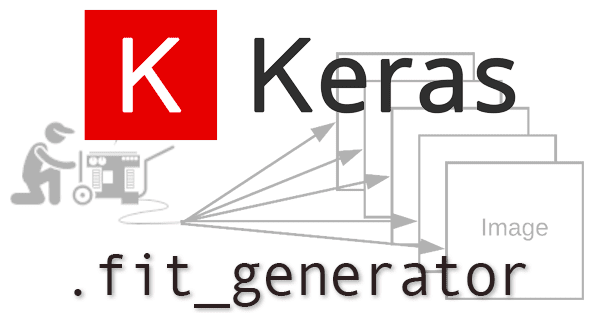I’ve been interested in the area of causal inference in the past few years. In my opinion it’s more exciting and relevant to everyday life than more hyped data science areas like deep learning. However, I’ve found it hard to apply what I’ve learned about causal inference to my work. Now, I believe I’ve finally found a book with practical techniques that I can use on real problems: Causal Inference by Miguel Hernán and Jamie Robins. It is available for free from their site, but is still in draft mode. This post is a short summary of the reasons why I think Causal Inference is a great practical resource.
How to Land a Job As a Data Scientist in 2019
It’s the buzz!
How to use Keras fit and fit_generator (a hands-on tutorial)
June is applied regression exam month!
So. I just graded the final exams for our applied regression class. Lots of students made mistakes which gave me the feeling that I didn’t teach the material so well. So I thought it could help lots of people out there if I were to share the questions, solutions, and common errors.
Top Stories, Dec 17-23: Why You Shouldn’t be a Data Science Generalist; 10 More Must-See Free Courses for Machine Learning and Data Science
Twas the Night Before Analysis or A Visit from the Chief Data Scientist
By Gordon MacMaster
Text classification with tidy data principles
I am an enthusiastic proponent of using tidy data principles for dealing with text data. This kind of approach offers a fluent and flexible option not just for exploratory data analysis, but also for machine learning for text, including both unsupervised machine learning and supervised machine learning. I haven’t written much about supervised machine learning for text, i.e. predictive modeling, using tidy data principles, so let’s walk through an example workflow for this a text classification task.
R 101
HAPPY HOLIDAYS!!!�⛄��� In the spirit of the coming new year and new beginnings, we created a tutorial for getting started or restarted with R. If you are new to R or have dabbled in R but haven’t used it much recently, then this post is for you. We will focus on data classes and types, as well as data wrangling, and we will provide basic statistics and basic plotting examples using real data. Enjoy!
Zak David expresses critical views of some published research in empirical quantitative finance
(First, I too will say that I don’t know how many of the problems in financial research relate to other fields in size or dimension.)
Pivot Billions and Deep Learning enhanced trading models achieve 100% net profit
Deep Learning has revolutionized the fields of image classification, personal assistance, competitive board game play, and many more. However, the financial currency markets have been surprisingly stagnant. In our efforts to create a profitable and accurate trading model, we came upon the question: what if financial currency data could be represented as an image? The answer: it can!
